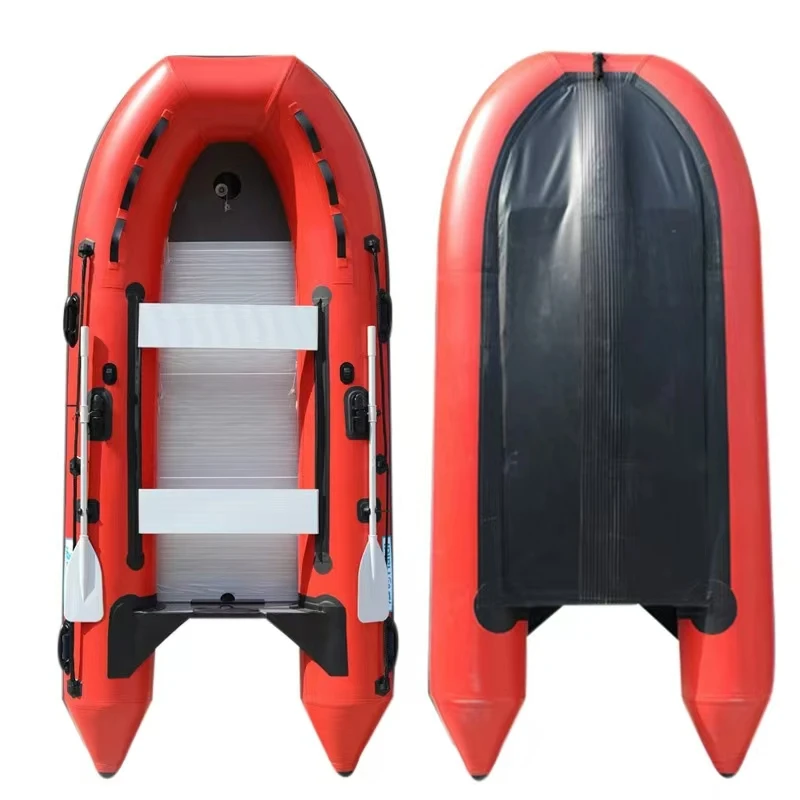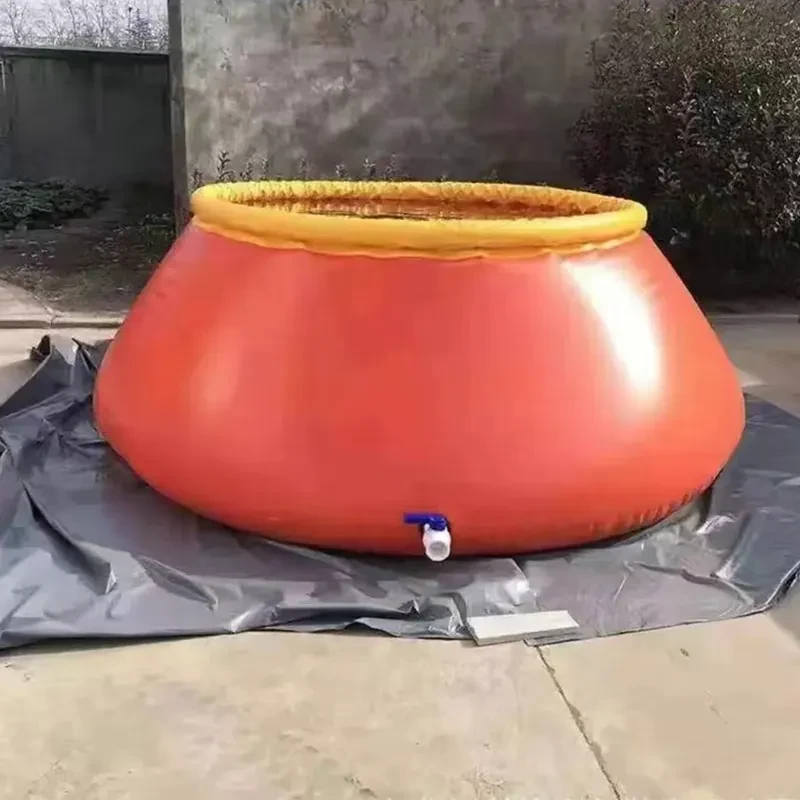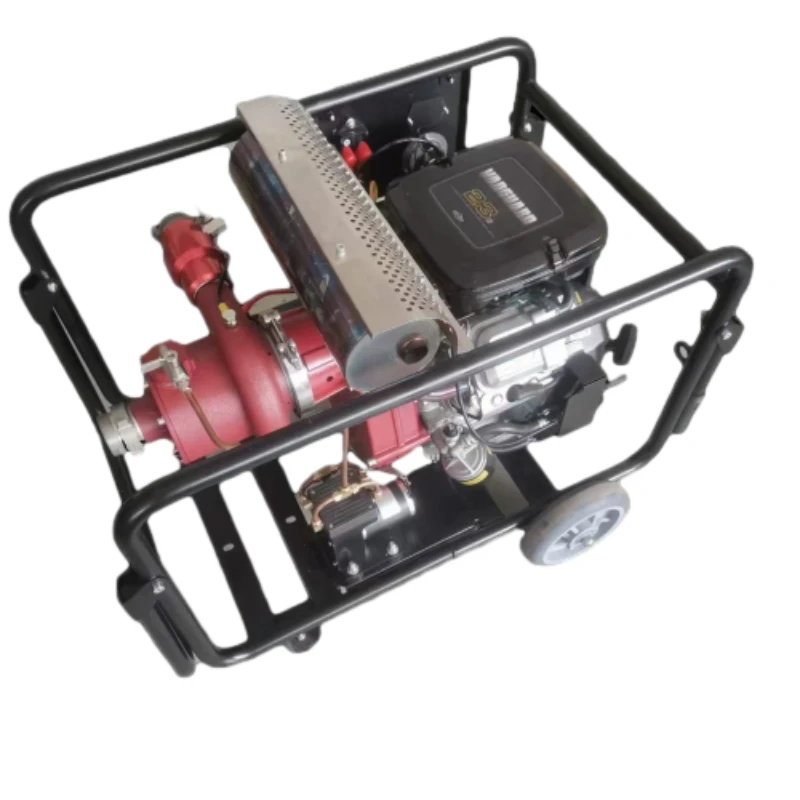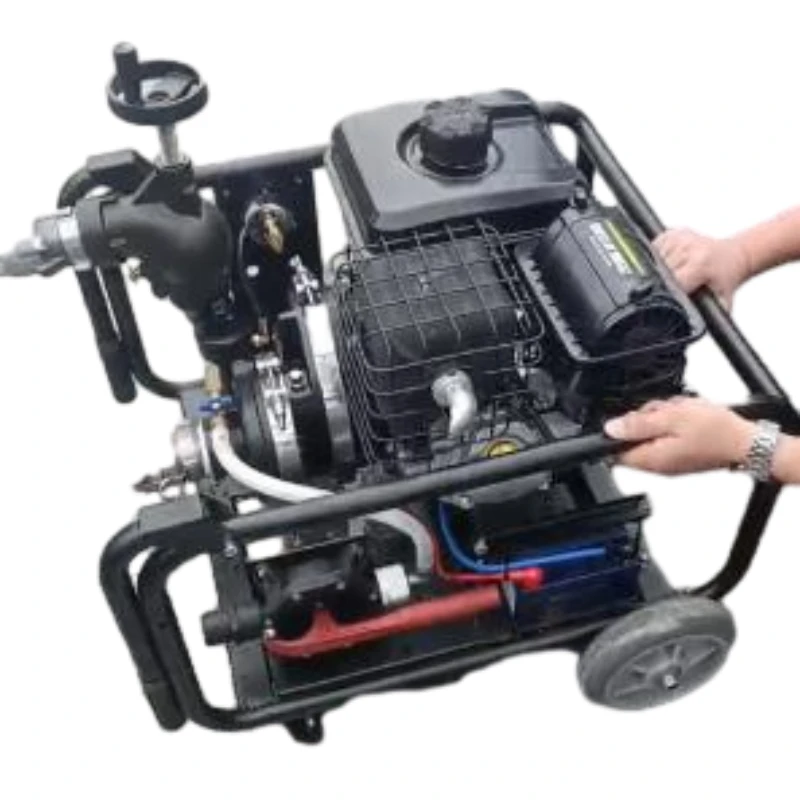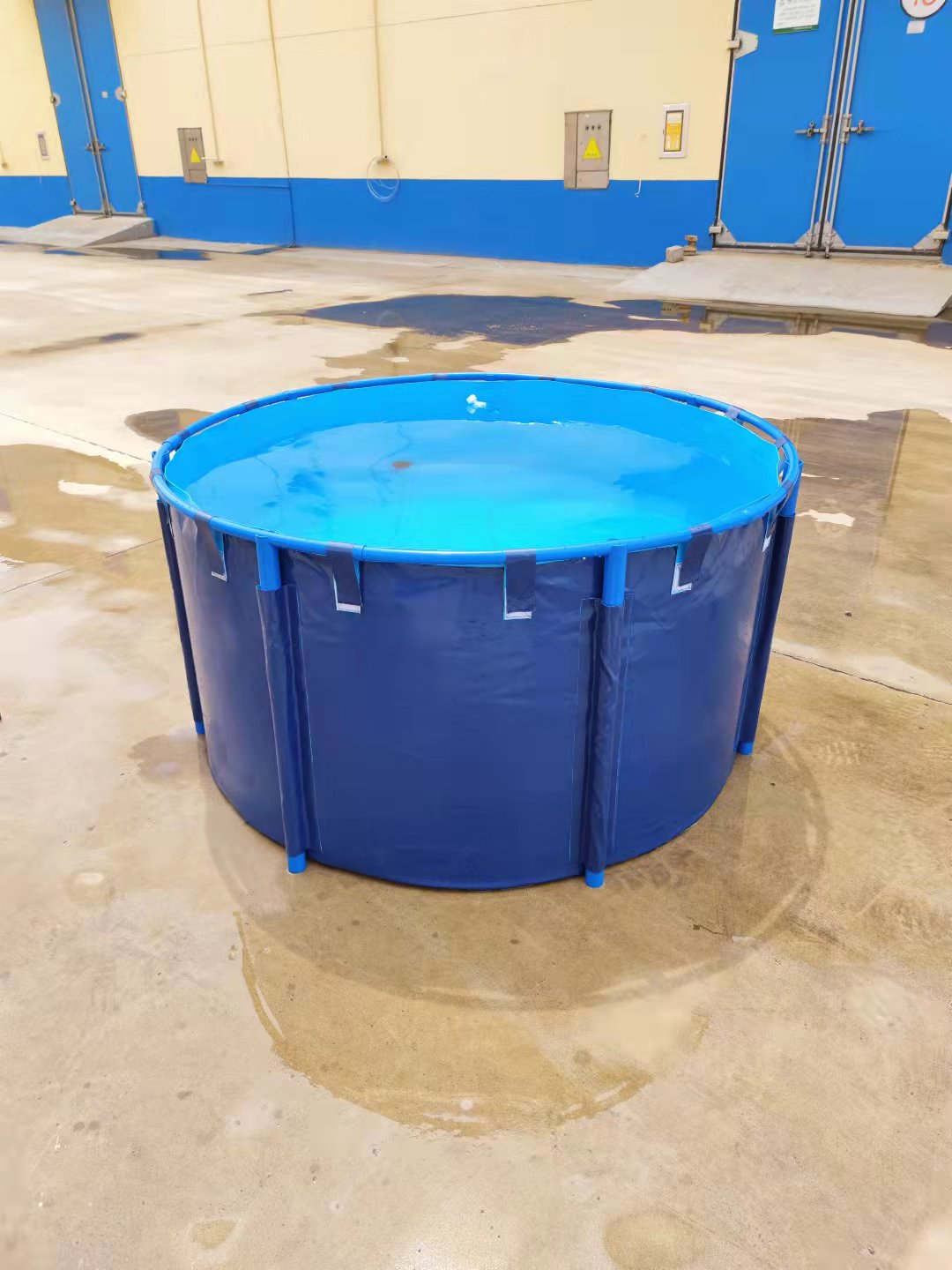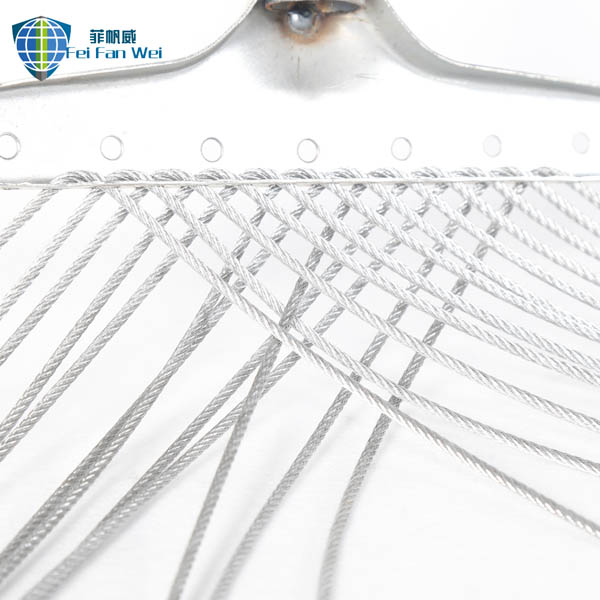Explore the complete landscape of Pneumatic extinguisher technology — from manufacturing process and technical specifications to leading suppliers, customization, industry applications, and real-world case studies.
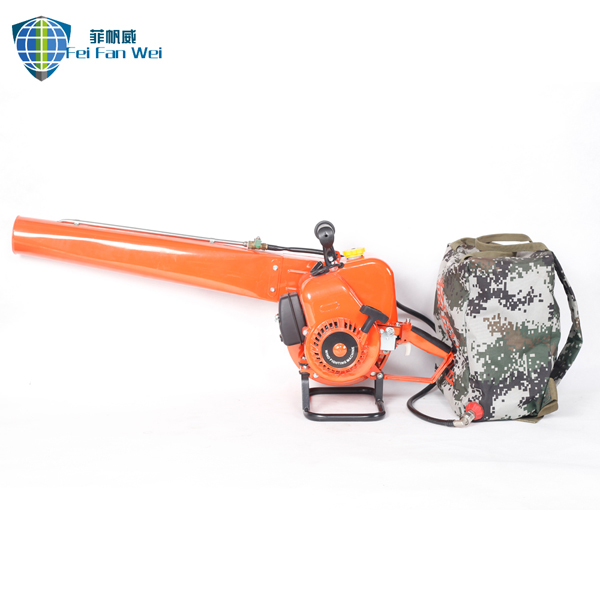
The Pneumatic extinguisher market is rapidly evolving as industries prioritize advanced, reliable, and cost-effective fire suppression solutions. According to the latest MarketsandMarkets™ Fire Suppression Report 2023, the global industrial fire suppression systems market—including Pneumatic extinguisher systems—exceeded USD 7.7 billion in 2023 and is projected to reach USD 9.4 billion by 2027, driven by demand from petrochemicals, metallurgy, and smart buildings.
Recent industry data shows:
- Pneumatic extinguishers are 35% faster in activation time compared to traditional systems (source: Fire Safety Journal, 2024).
- Adoption rate in petrochemical sector grew by 14% YoY (2023-2024).
- More than 63% of newly built hazardous facilities specify pneumatic actuation for critical risk areas.
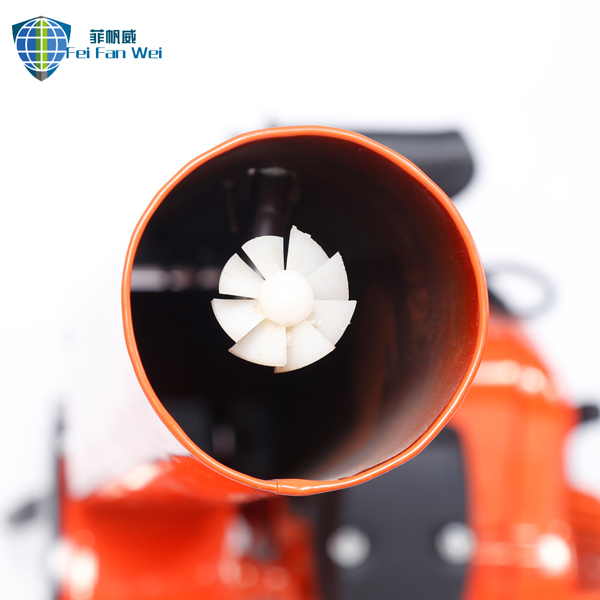
A Pneumatic extinguisher is a highly specialized fire suppression device, activated automatically by changes in pneumatic (air/gas) pressure to rapidly discharge an extinguishing agent. Pneumatic extinguishers are widely used in high-risk industrial environments where rapid, reliable, and low-maintenance fire protection is essential. Key sectors include:
- Oil & Gas / Petrochemical processing plants
- Metallurgy & foundries
- Power generation (gas turbines, transformers)
- Water treatment & supply / pump rooms
- Telecommunication and server rooms
- Marine vessels & offshore platforms
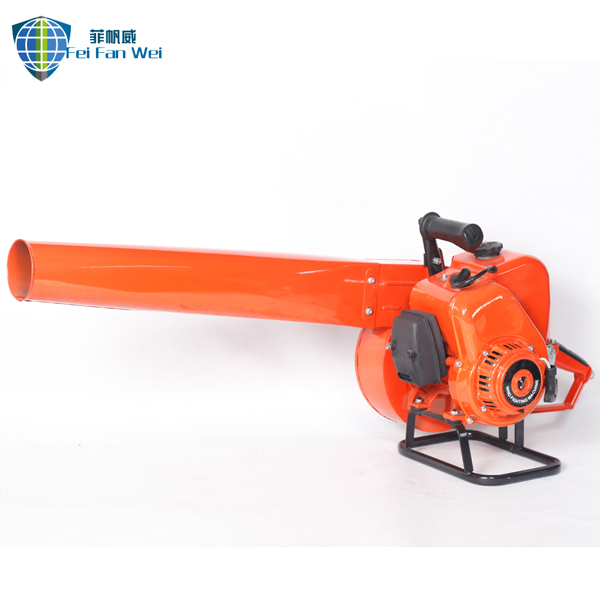
For optimal performance, Pneumatic extinguisher products must comply with strict international and sector-specific standards like ISO 6182 (Fire protection — Automatic sprinkler systems components) and ANSI/UL 2129 (Standard for portable fire extinguishers). Below, detailed technical parameters are summarized for reference:
| Parameter | Specification Range | Industry Standard | Notes |
|---|---|---|---|
| Operating Pressure | 8-16 bar (116-232 psi) | ISO 6182, UL 2129 | Rapid-response actuation |
| Discharge Time | ≤ 10 sec (typical for 6L volume) | EN 3-7 | Faster than conventional |
| Agent Compatibility | Clean agent, CO2, Dry powder | NFPA 2001 | Multi-agent support |
| Working Temp. | -30°C ~ +70°C | EN 12094 | Wide environment |
| Corrosion Resistance | Salt spray ≥ 1000h | ASTM B117 | Stainless/corrosion-proof |
| Cylinder Material | Stainless Steel 304/316L | ISO 3506 | Longevity & pressure |
| Cycling Life | ≥ 20,000 cycles | ISO 19880-3 | Durability for industry |
| Mounting Standards | Wall, skid, cabinet | ISO/TR 21808 | Versatile installation |
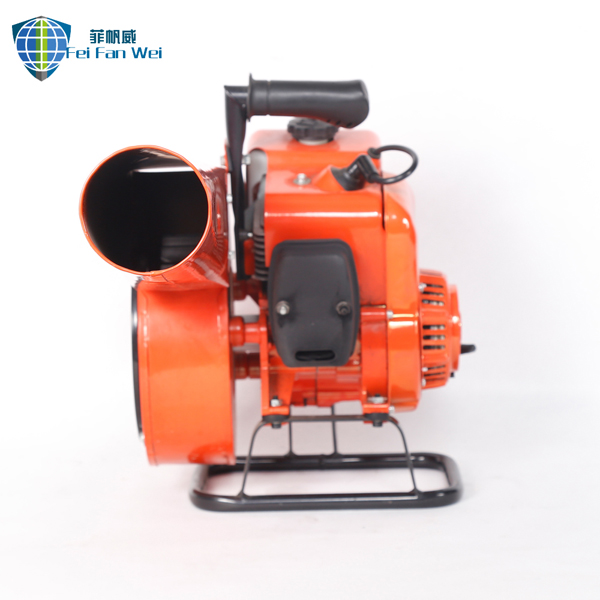
(304/316L Stainless Steel, alloy valves)
(Deep drawing, seamless welding)
(Valve bodies, threads, interfaces)
(Pickling & passivation; powder coating)
(Pressure gauge, release head, agent fill)
(Pressure, leakage, cycle, salt spray)

- Material Excellence: All wetted parts use certified stainless steel (ISO 3506) for corrosion and high pressure.
- Precision Engineering: CNC machining ensures assembly tolerance
- Worldwide Certification: Each batch is tested per ISO / ANSI / ASTM fire safety standards.
- Service Life: Over 10 years operational life in demanding environments.
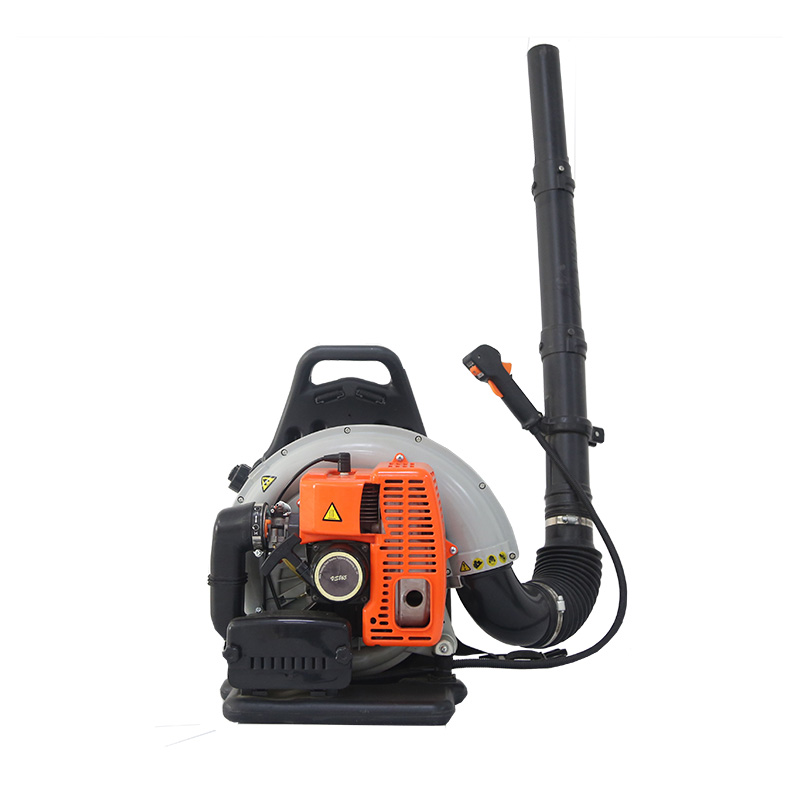
| Criteria | Pneumatic extinguisher | Electric Extinguisher | Manual Extinguisher |
|---|---|---|---|
| Activation Speed | <10s (auto, pressure) | 12~20s | Manual/variable |
| Components | Mechanical/pneumatic | Wiring, sensors, control panel | Handle, gauge |
| Power Reliance | Not required | 24/220V, battery | No |
| Reliability | High (no electronics to fail) | Susceptible to power/sensor faults | User-dependent |
| Environmental Tolerance | -30~+70°C | 0~+45°C | -10~+60°C |
| Corrosion Resistance | Excellent (SS316L) | Good | Fair |
| Inspection Interval | 6~12 months | 6 months | 12 months |
| Certifications | ISO, CE, UL, EN | UL, EN | EN, local |
| Best For | Hazardous, remote, harsh | Standard/urban | Portable/low risk |

| Supplier Name | Country | Certifications | Key Sector | OEM/ODM |
|---|---|---|---|---|
| FFW Fire Safety (OEM: Pneumatic extinguisher) | China | ISO, CE, UL | Petrochem, Marine | Yes |
| BLAZEQUIP Ltd. | UK | BS EN 12094 | Power, Water | Yes |
| FireTech GmbH | Germany | TÜV, VdS, CE | Industrial, Auto | No |
| SafeAir Systems Inc. | USA | UL, FM | Transport, Oil | Yes |

Modern industrial projects require Pneumatic extinguisher systems tailored to unique site demands. FFW’s technical support team helps customers specify:
- Volume range: 2L ~ 50L+ with custom discharge nozzles
- Connection: BSP/NPT threading; flanged or bracket mount
- Agent selection: Clean gas (FM-200/Novec 1230), CO₂, ABC/Powder
- Release set: Bellows / membrane type sensitive to pressure change
- Exterior: Color, label, anti-static, marine anti-corrosive coating
- Sensors: Optional monitoring output (pressure switch, digital gauge)
- Cycling/testing: FAT & batch testing with customer’s witness

- Case 1 – Petrochemical Compressor Skid (MENA, 2023): Standard electrical actuators failed due to voltage fluctuations and ambient heat. Switch to Pneumatic extinguisher (15L, CO₂ charge, FM-200 compatible) resolved reliability risks, achieving 100% operation in FAT and reducing incident downtime by over 70%.
- Case 2 – Urban Water Supply Pumps (EU, 2022): Severe corrosion and daily operational cycling impacted electronic suppression heads. Pneumatic solution (SS316L, custom mount, cycling tested 25,000 times) operates flawlessly with bi-annual inspection.
- Case 3 – Underground Mining Conveyor: Frequent vibration & dust caused sensor faults on conventional extinguishers. Pneumatic system (12 bar, redundancy design) maintained readiness in continuous harsh operation, validated by quarterly audit reports.
- Case 4 – Offshore Living Quarters (Asia, 2021): Tight space and complex machinery layout. Custom pneumatic/extinguisher array reduced installation footprint by 40%, with integrated monitoring for crew safety.

- Delivery Cycle: Pneumatic extinguisher standard lead time: 10-15 days; custom solutions: 25-35 days ex-works.
- Warranty: 18 months from delivery or 12 months from commissioning (whichever comes first).
- Support: 24/7 technical hotline, remote support, documented installation & commissioning guides, on-site service on request.
- Spares: Guaranteed delivery of replacement components for 5+ years.
- Certification: Every shipment with full ISO/CE/UL documentation, material traceability.
Frequently Asked Technical Questions
- 1. What materials are used for Pneumatic extinguisher cylinders?
- High-pressure cylinders are fabricated from SS304/SS316L stainless steel, fully certified per ISO 3506, with additional anti-corrosive passivation for aggressive marine or chemical environments.
- 2. What is the range of working pressure for typical industrial Pneumatic extinguisher units?
- Standard units operate from 8-16 bar (116-232 psi) with 33-41 bar burst tolerance, exceeding EN 3-7 and ISO 6182 standards for safety margin.
- 3. What types of extinguishing agent can be used?
- Pneumatic models support clean agent gas (FM-200, Novec 1230), CO₂, and dry powder (ABC/MONO), following NFPA 2001 compatibility.
- 4. What are the mandatory testing and inspection procedures?
- Each unit undergoes pressure, leak, and 20,000+ cycle fatigue tests (ISO 19880-3), with full documentation, plus optional salt spray (>1000h per ASTM B117) for corrosion resistance assessment.
- 5. Which installation standards apply?
- Installations comply with ISO/TR 21808 (for wall/skid/cabinet mounts), and site-specific NFPA/EN guidelines. Customization for marine (IMO/MED) or hazardous area classification (ATEX) available.
- 6. What is the control mechanism for actuation?
- Activation uses pneumatic membrane or bellows, triggering release valve by air/gas pressure differential — fully mechanical and failsafe.
- 7. Can digital monitoring or sensors be incorporated?
- Yes. Options include pressure switch, digital gauge, and integrated signal output (4-20mA) for remote control rooms or automation systems.
With increasing requirements for reliability, rapid response, and low-maintenance fire protection, the Pneumatic extinguisher is now the preferred safeguard in petrochemical, metallurgy, marine, and utility sectors. Its robust manufacturing, superior technical indices, and proven service in mission-critical scenarios make it a trusted solution worldwide. To learn more about customized options or request engineering documentation, contact FFW Fire Safety or visit the official product page.
- MarketsandMarkets: Industrial Fire Suppression Market 2023
- Fire Safety Journal, June 2024.
- ISO 6182: Fire protection – Automatic sprinkler systems
- BSI Fire Safety Blog
- NFPA Community Forum









